Composting at home
15 Days of Green Tips for 15 years of Keep Carroll Beautiful
Day 1 – Composting at home with Martyna Griffin
This post is a part of the “15 Days of Green Tips for 15 years of Keep Carroll Beautiful” Virtual Birthday Celebration. Every day between April 8 and April 22, a member of KCB Board, Staff, or the public, will share their favorite tips on how to Reuse, Reduce, and Recycle!
Martyna Griffin, Executive Director of Keep Carroll Beautiful:
Composting is one of my favorite green activities! What started a few years ago with a simple heap of scraps and leaves is now a soil-making machine that provides me with a wheelbarrow full of black, beautiful humus every year! Please read on to learn more about composting and see how to do it at home!
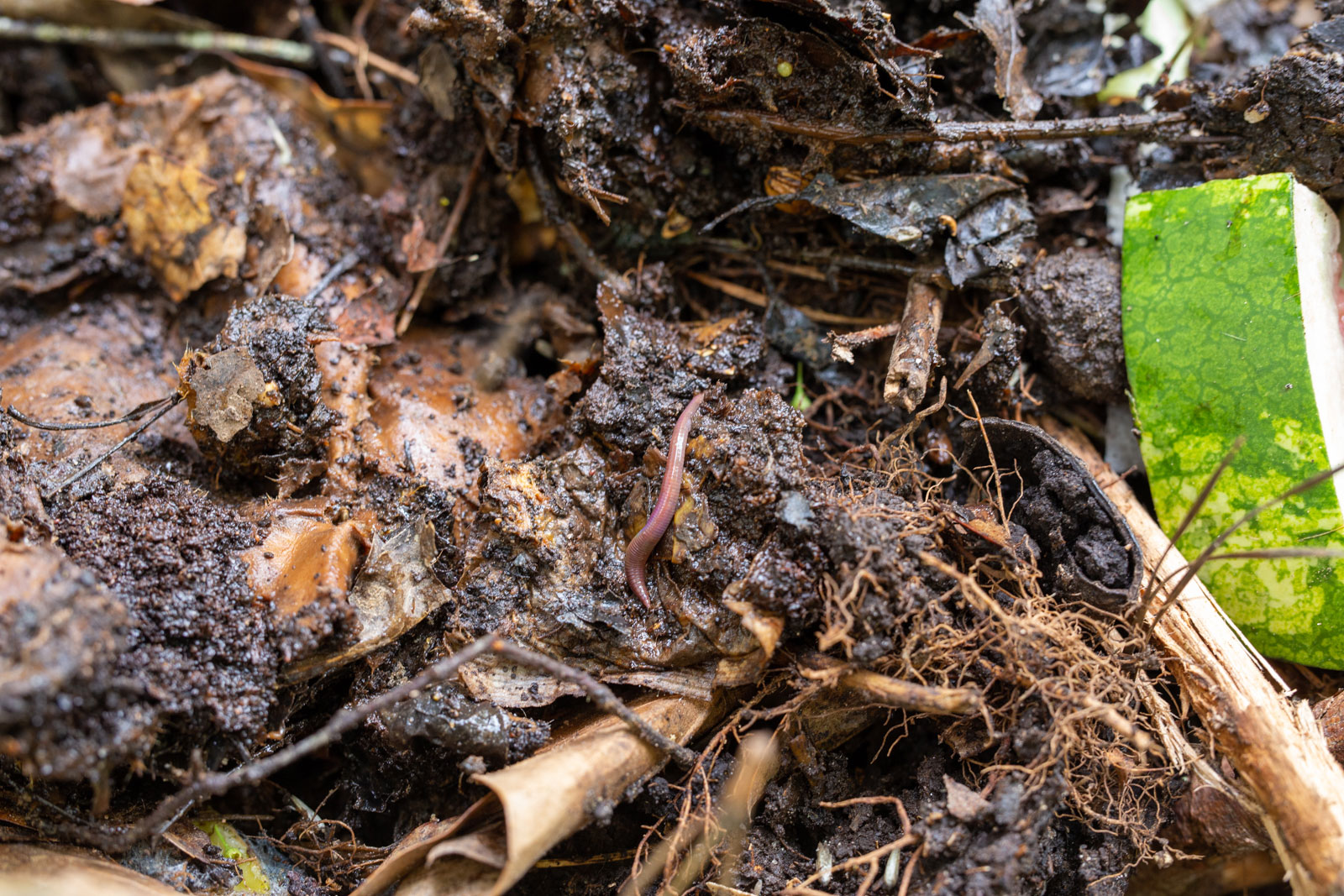
“Composting is a natural process by which any organic material, such as food waste or lawn trimmings, is broken down by naturally occurring bacteria and fungus in the soil to form compost. The resulting materials—compost—is a nutrient-rich soil amendment that looks a lot like soil itself”. Source.
Composting is one of those activities that may be intimidating to start but then seem very easy. On top of being a free source of garden or potting soil, composting offers many other benefits on a local and global scale.
Benefits of composting:
TRASH TO TREASURE
Making your own compost is free – all you need is discarded organic matter like vegetable waste or fruit scraps (think banana peels, wilted lettuce, apple cores, greens stems), and dry leaves, branches, cardboard, newspaper, and so on. Instead of throwing your scraps into the trash bin, throw them on a compost pile and mix with yard debris!
SAVE MONEY
Did we say composting is free? It also saves money! Amending your garden with compost eliminates the need for fertilizer and promotes soil-health, which in turn reduces the number of pests and diseases. Compost-rich soil retains water well and may cut watering costs.
REDUCED METHANE PRODUCTION
Composting offers an environmentally superior alternative to using organic material for landfill because composting reduces methane production (a major source of greenhouse gas), and provides a series of economic and environmental co-benefits. Source.
Composting occurs when organic matter decomposes in the presence of oxygen. This aerobic process reduces or even prevents the release of methane from the materials being broken down.
In contrast, decomposing organic material in anaerobic conditions – in the absence of oxygen when materials are packed in plastic bags and piled high in landfills – releases methane into the atmosphere. Methane is 26 times more potent than carbon dioxide as a greenhouse gas and is a significant contributor to global greenhouse gas emissions.
Where to start – Martyna’s tips:
FIND A SPOT FOR YOUR COMPOST PILE
A dry and shady spot with access to a water source is best for your new compost pile or bin. You can purchase a wood kit or a plastic bin in home improvement stores or online. There are also many simple plans for building a basic bin on your own. Compost bins do not require any specific lumber and can be made with scraps or old pallets. A low-key approach is layering compost on the ground – no bin needed! As a word of caution – keep the bin away from your house or sheds. Branches, sticks, and cardboard attract termites!
START COLLECTING SCRAPS
To give yourself a chance to succeed – pick a container with a tight lid. If you can, adding an out-of-sight sorting bin. If space is limited, a good looking container that you can keep on a kitchen counter will be a great visual reminder you are on a journey to beautiful soil!
- Cut your scraps! Or enlist help from a future chef who needs practice chopping. The smaller your compost additions the faster they decompose. This is less of an issue in the summer.
- Don’t forget your coffee grounds and coffee pods!
- When adding coffee to your collection jar – line the bottom with paper towels (I compost all the towels I use for kitchen cleanup), a coffee filter, or lettuce leaves. Coffee ground like to stick to the moisture collecting on the bottom of the jar. (Do not look at the “garden fingernails”!)
- Fill it up with any organic matter you would throw into the garbage – I add small pieces of paper and cardboard, pencil shavings, dead plant leaves, old bread, and so on.
- Cover it up!
- My favorite container is an enameled cookie jar. I can throw it in the dishwasher if needed.
- Backup for overflow or if the main jar is in the wash – a pretzel jar!
PERFECT RECIPE
Per the US Environmental Protection Agency: All composting requires three basic ingredients:
- Browns – This includes materials such as dead leaves, branches, and twigs.
- Greens – This includes materials such as grass clippings, vegetable waste, fruit scraps, and coffee grounds.
- Water – Having the right amount of water, greens, and browns is important for compost development.
Your compost pile should have an equal amount of browns to greens. You should also alternate layers of organic materials of different-sized particles. The brown materials provide carbon for your compost, the green materials provide nitrogen, and the water provides moisture to help break down the organic matter. Source. 🍌
Fresh “greens” being added to the pile:
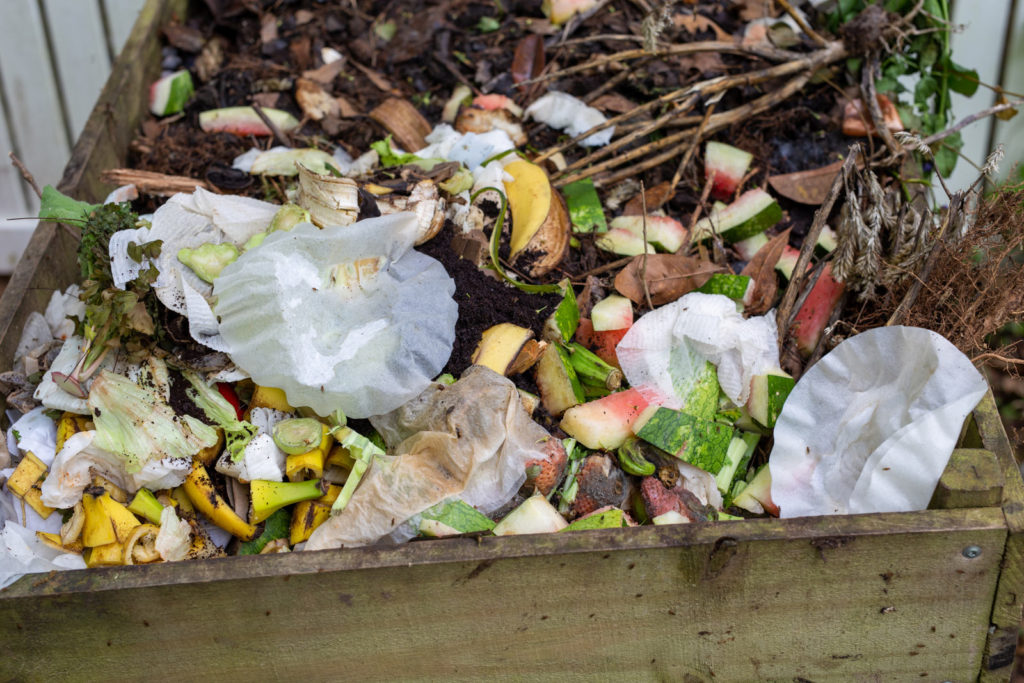
Overwintered compost still needs to “cook” to break down green materials:
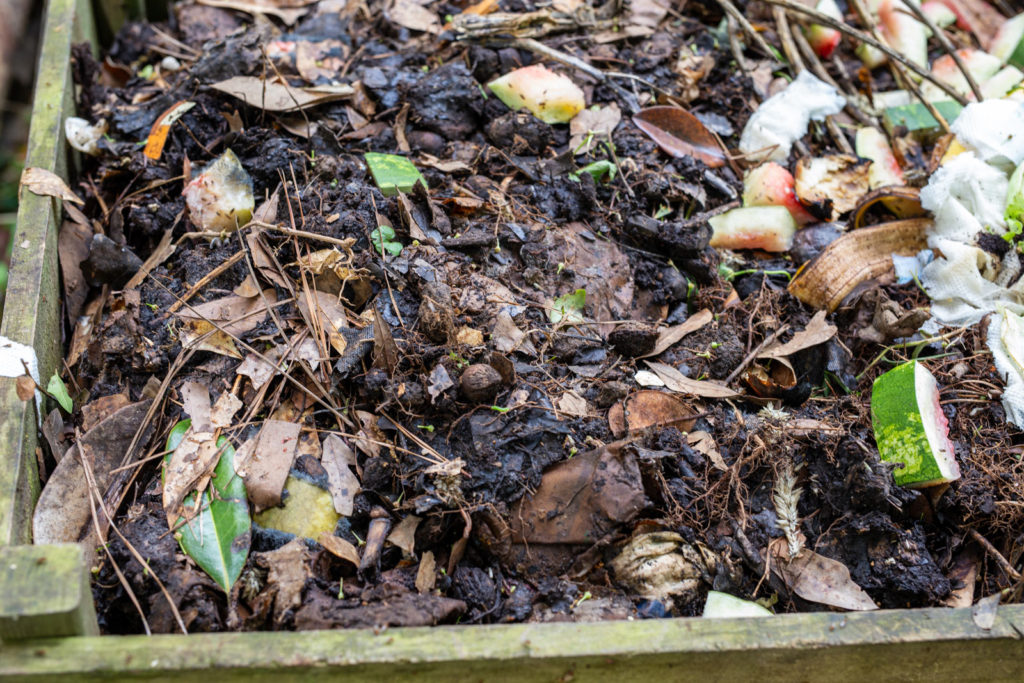
Too much rain and not enough “browns” results in mushy, smelly compost. Mixing in leaves and covering the compost pile helps balance the recipe.
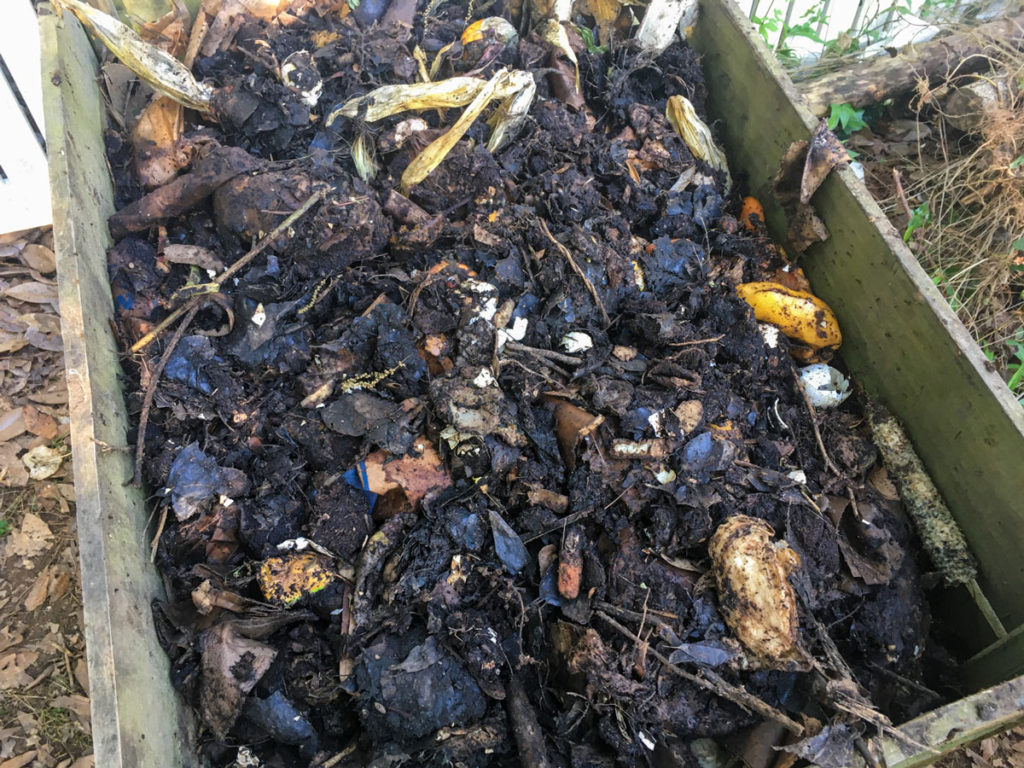
Another good source of greens – wilted decorative plants from the neighbors’ yard debris pile!
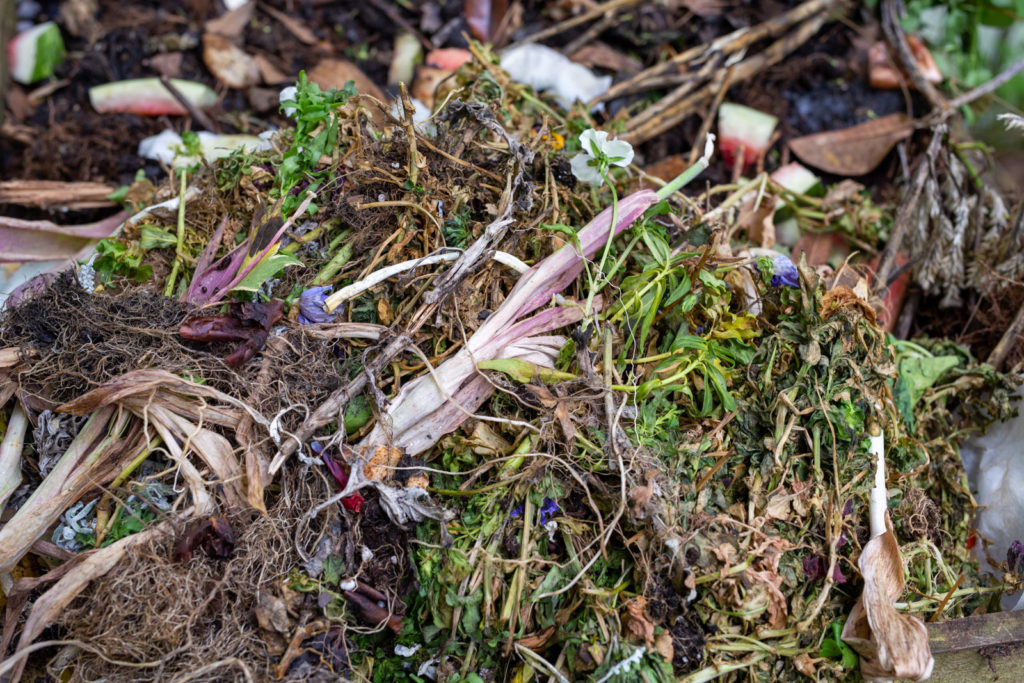
With a little bit of patience and time, you can get buckets of black gold:
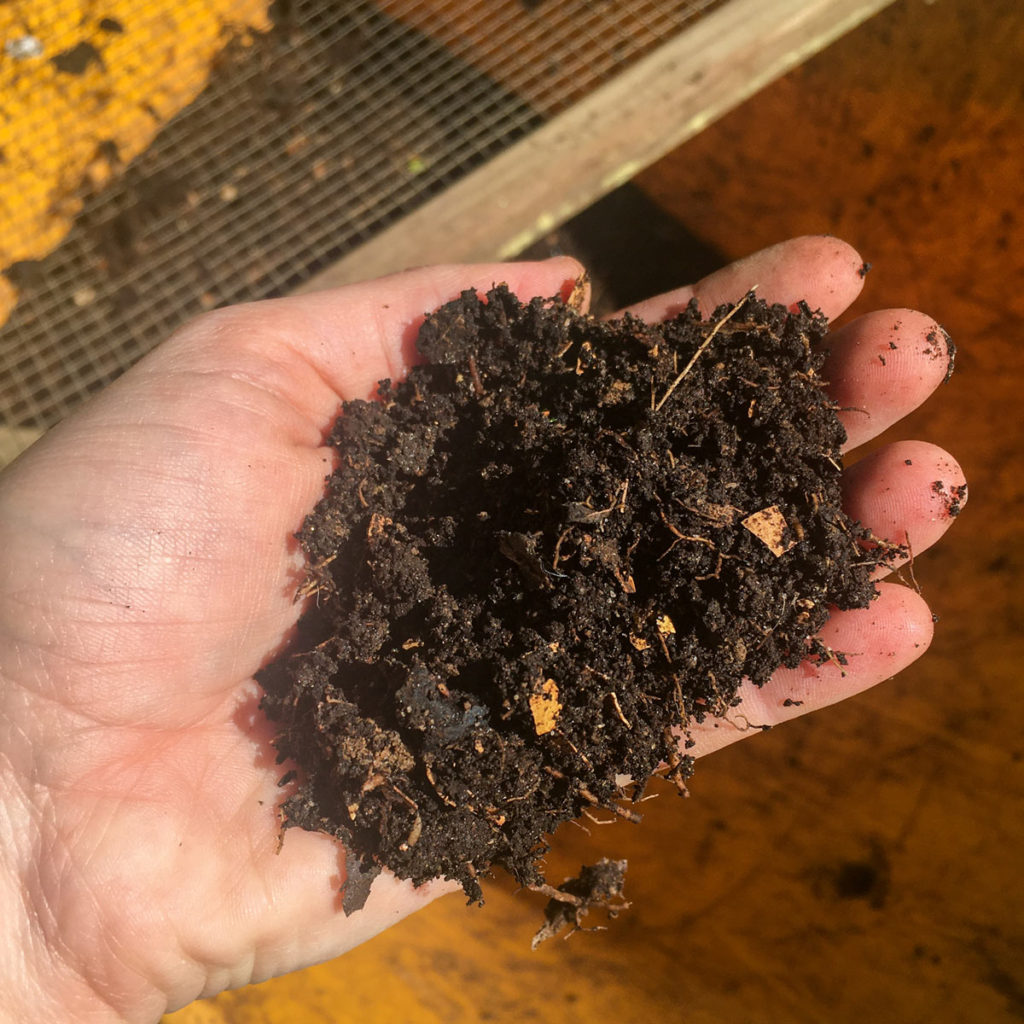
A garden box with pure compost houses my fastest-growing plants:
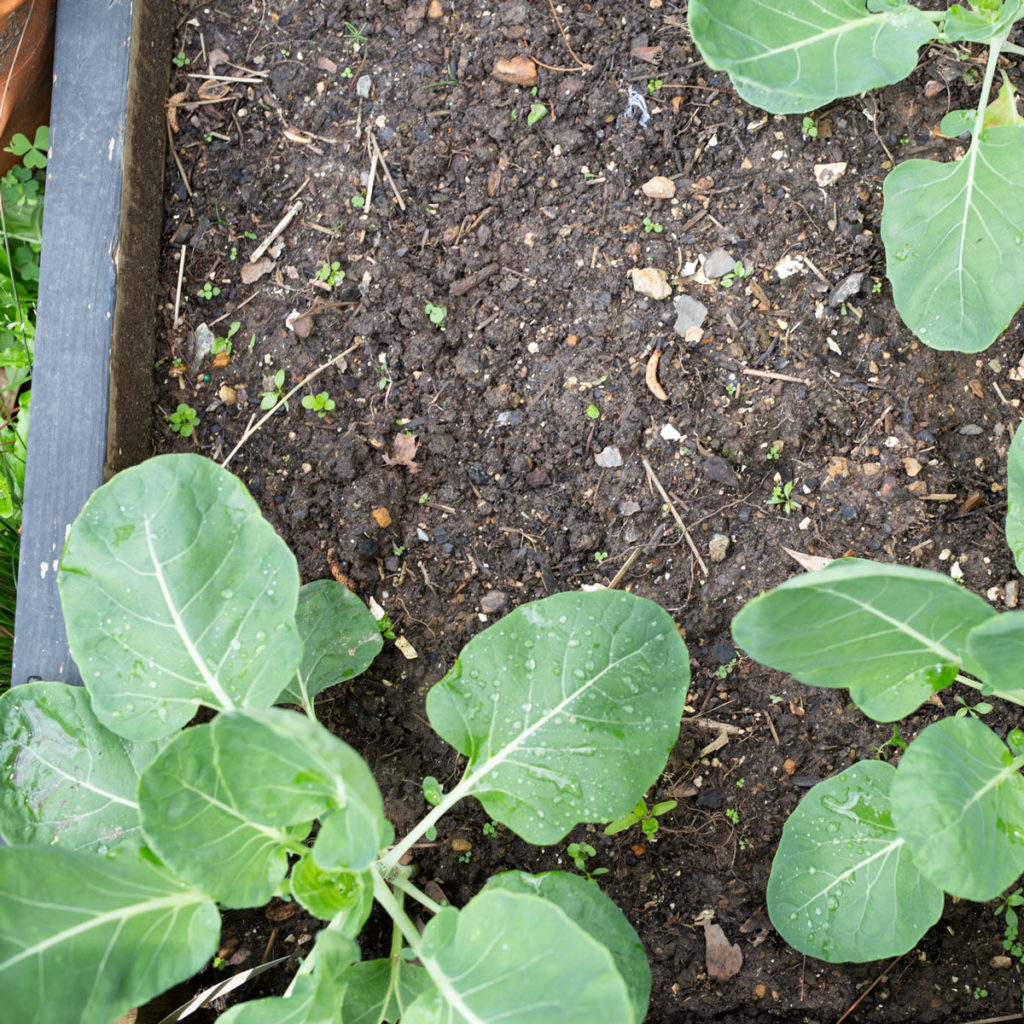
Here are some good websites to get you started:
🌱 https://www.epa.gov/recycle/composting-home
🌱 https://www.diynetwork.com/…/ga…/how-to-start-a-compost-pile
🌱 https://www.finegardening.com/article/more-compost-less-work








